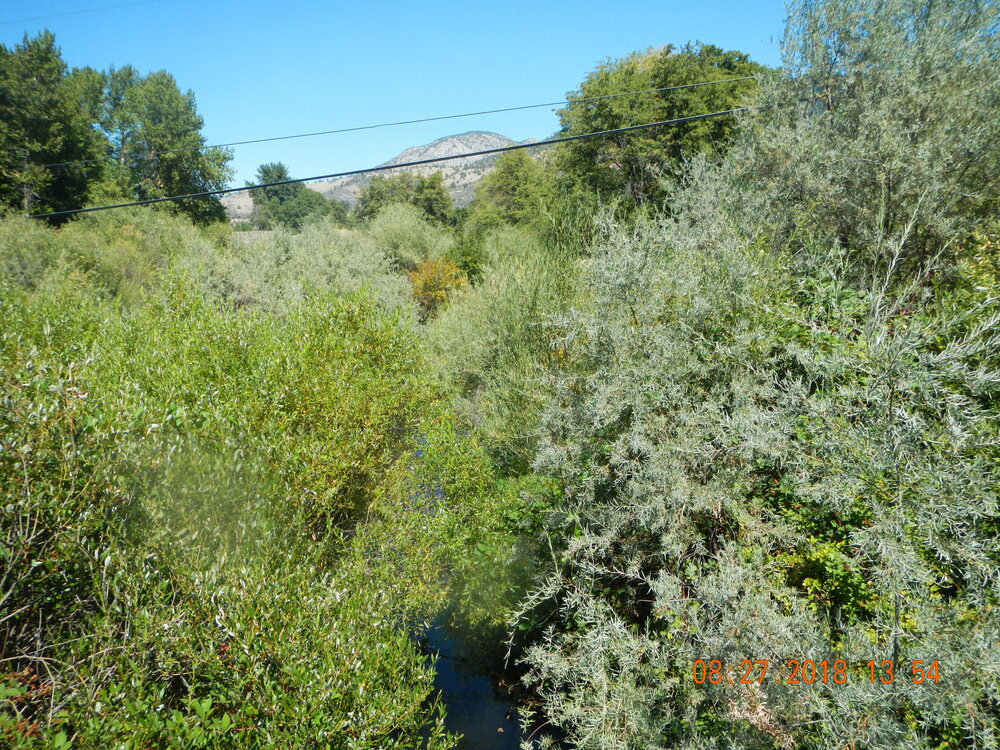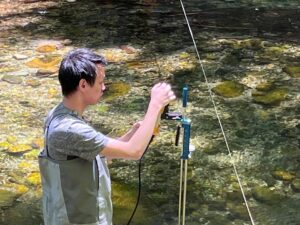SRWC strongly supports our understanding about the effectiveness of restoration actions, how water management impacts water quality and quantity, and how water and fish are being influenced by our actions in the face of climate change. We are committed to establishing monitoring activities to help answer the questions for the future. The following list are areas of interest for SRWC:
- Water elevations – both surface and groundwater
- Streamflow (discharge)
- Water quality – temperature and dissolved oxygen
- Fisheries – juvenile life history & biometrics
- Fisheries – coho salmon adult spawners survey
- Stream channel habitat characterization/type
- Riparian health
- Mountain meadow health
- Apsen health
Fisheries – Juvenile life history & biometrics
To help understand how restoration actions are impacting Coho Salmon, SRWC intensively monitors juvenile fish during both the summer and winter, before the fish outmigrate. Methods utilized are the deployment of PIT (Passive Integrated Transponders) Tags, which are tiny tracking tags that are inserted into the fish to us to monitor movement. Biometrics, both fork length and weight, are also analyzed.
Scott River Watershed Council’s Passive Integrated Transponder (PIT) Program 2023/2024
Scott River Watershed Council – Juvenile Fish Sampling Report – 2023-2024
Scott River Juvenile Direct Observation Report 2024
2022-2023 Fish Monitoring Summary Report
Effectiveness & Validation Monitoring of the Scott River Beaver Dam Analogues – Final Report 2023
Scott River Beaver Dam Analogue Program 2017 Interim Monitoring Report
Scott River Beaver Dam Analogue Program 2015 Interim Monitoring Report
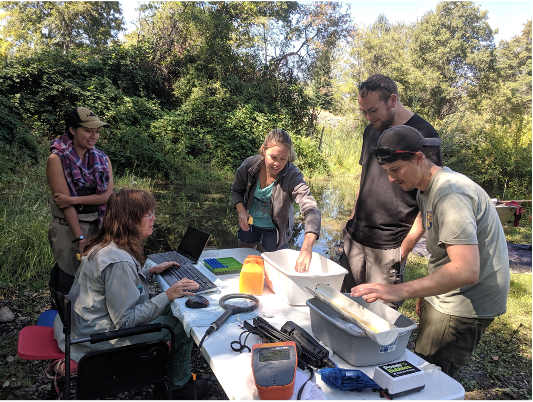
Fisheries – Coho Salmon Adult Spawner Surveys
During the spawning season, SRWC participates in a collaborative effort with the Siskiyou RCD, Quartz Valley Indian Reservation, US Forest Service, US Fish & Wildlife Service, California Department of Fish & Wildlife and National Oceanic & Atmospheric Administration to monitor parts of the Scott River and its tributaries to document where spawning activities is happening.
Scott River Coho Salmon Spawning Ground Surveys 2024-2025 Season
Scott River Spawning Ground Survey Report 2023-2024
SRWC Spawning Survey 2022/2023
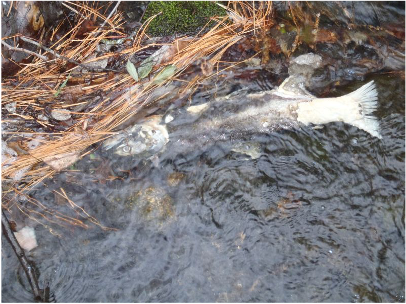
Stream channel habitat characterization/type
A standardized habitat inventory is utilized at some sites to help evaluate pre to post construction impacts of restoration actions. Habitat typing looks at the channel type, stream flow, embeddedness of the channel, substrate composition, riparian canopy, bank composition and bank vegetation, existing large wood debris and average bankfull width of the channel.
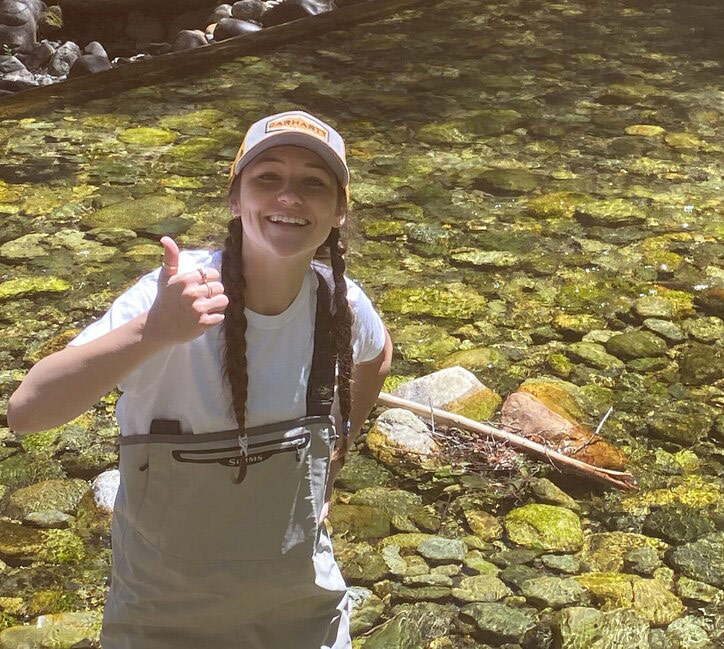
Riparian Health
Much of our riparian monitoring is done using photo points which can detect change over time of the riparian vegetation. Points are established before the implementation of project and are then reoccupied annually after implementation. Riparian health is extremely important to stream function, not to mention it is the main diet for our best restoration partner, our beaver friends.
To help understand change over time, SRWC contributed to some past Scott Valley Bridge Photo Documentation – 2017 to 2023 – Scott River Mainstem Riparian Report. Click here to see the photo report.
